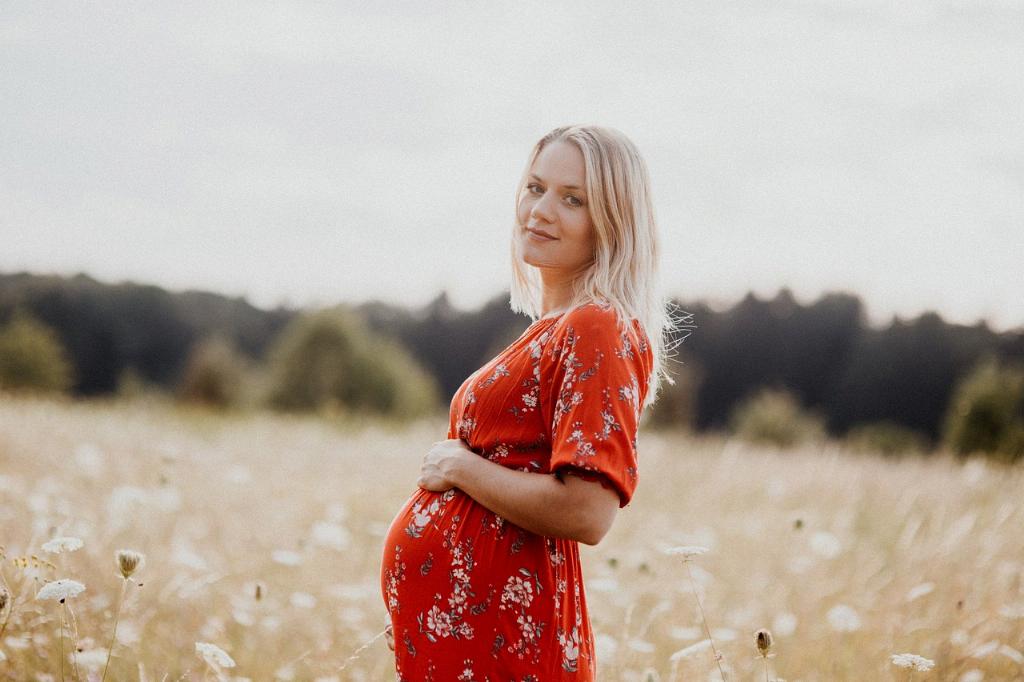Early pregnancy can bring about a range of changes in a woman’s body, and one of the common indicators can be seen in the breasts. During this period, many women experience symptoms that affect their breast health, signaling the onset of pregnancy. Let’s delve deeper into the signs and symptoms of early pregnancy breasts.
1. Soreness and Tenderness
One of the hallmark symptoms of early pregnancy breasts is soreness and tenderness. Women may notice that their breasts feel more sensitive to touch and might be slightly painful. This discomfort is akin to the tenderness experienced before menstruation, but it can be more pronounced.
2. Increased Size
Another common symptom is a change in breast size. Many women report that their breasts appear larger and fuller during early pregnancy. This increase in size is attributed to hormonal changes and the preparation of the body for breastfeeding.
3. Tingling Sensation
Some women may also experience a tingling sensation in their breasts during early pregnancy. This tingling or mild pins-and-needles feeling is often associated with the heightened sensitivity in the breast tissue.
4. Visible Veins
Due to increased blood flow and hormonal shifts, the veins in the breasts may become more visible during early pregnancy. This is a normal occurrence and is a result of the body adapting to the changes required for sustaining a healthy pregnancy.
5. Darkening Nipples
One noticeable change that many women observe is the darkening of their nipples. The areolas may also enlarge and become more prominent. These changes are part of the body’s preparation for breastfeeding and are influenced by hormonal fluctuations.
6. Nipple Sensitivity
In addition to changes in color, women may experience increased sensitivity in their nipples during early pregnancy. Nipple tenderness and a heightened response to touch are common symptoms that can be attributed to hormonal surges.
7. Breast Swelling
Along with an increase in size, many women also experience swelling in their breasts during early pregnancy. This swelling is due to hormonal changes and the growth of milk ducts in preparation for lactation.
8. Breast Fullness
Some women may describe a sensation of fullness or heaviness in their breasts during early pregnancy. This feeling of fullness can be attributed to an increase in blood flow and milk-producing glands in the breast tissue.
9. Changes in Texture
As a result of hormonal fluctuations, the texture of the breast tissue may also change during early pregnancy. Some women report that their breasts feel firmer or denser, while others may notice a softer or more tender texture.
10. Fluid Leakage
In rare cases, women may experience fluid leakage from their nipples during early pregnancy. This discharge, known as colostrum, is the first milk produced by the breasts and is a normal occurrence as the body prepares for breastfeeding.
11. Changes in Areola
Along with darkening, the areola (the area surrounding the nipple) may undergo other changes during early pregnancy. Some women may notice bumps or Montgomery glands becoming more prominent on the areola’s surface.
12. Emotional Impact
Lastly, it’s important to note that the changes in early pregnancy breasts can also have an emotional impact on women. The physical transformations may trigger a range of feelings, from excitement and anticipation to anxiety and uncertainty, as women navigate this significant phase of their lives.

